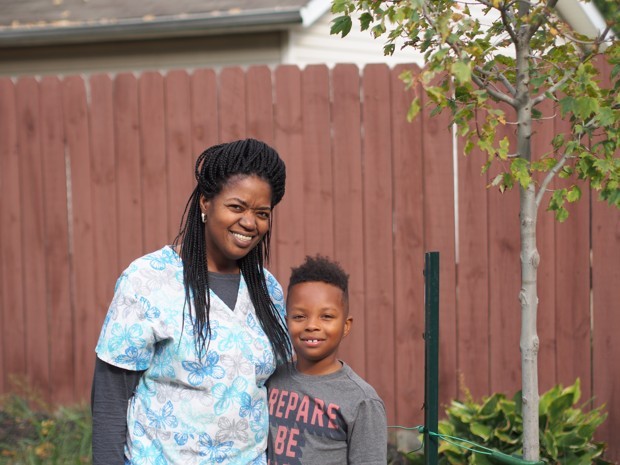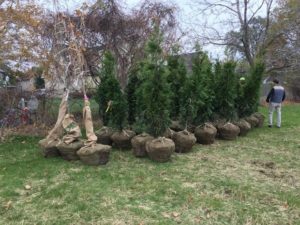When it comes to increasing green infrastructure to help fight climate change, older Rust Belt cities like Cleveland, Ohio have an abundance of an asset that newer cities, like Miami, are rather short on: Vacant urban land.
A pilot project, the Cleveland Climate Resilience & Urban Opportunity Plan, is using that fallow space to increase the climate resilience of the city’s neighborhoods.
A portion of the multi-pronged project is testing the use of up to 200 empty lots for rain gardens, food gardens, community gathering places, native plants, and wetlands restoration. Other project components include helping residents reduce energy use, and working to strengthen neighborhood social connections.
The project represents a “midrange action at the site, block, neighborhood scale—somewhere between turning off the light switch and saving the polar bears,” says Terry Schwarz, director of the Cleveland Urban Design Collective at Kent State University.
The Cleveland Urban Design Collaborative (CUDC) is the combined home of the urban design graduate program at Kent State University and the public service activities of the College of Architecture and Environmental Design.
The graduate program offers a professional degree in architecture with a focus on urban design, as well as a Master of Urban Design degree for students with a prior professional qualification in a design discipline. Certificate programs are also available.
The CUDC’s professional staff of designers are committed to improving the quality of urban spaces through technical design assistance, research and advocacy. Supported by the university and private philanthropy, the CUDC offers architectural and urban design expertise in the service of urban communities, design professionals, and non-profit and academic partners in Cleveland and Northeast Ohio.
The Cleveland Climate Resilience & Urban Opportunity Plan designers are testing strategies and sites in four local neighborhoods that represent different challenges. Detroit Shoreway is an economically diverse area where gentrification is starting to be mentioned, and Glenville as a center of strong social collaboration. Central-Kinsman is among the city’s most distressed neighborhoods, and Slavic Village was an epicenter of the foreclosure crisis.
Photos courtesy of Slavic Village Development


